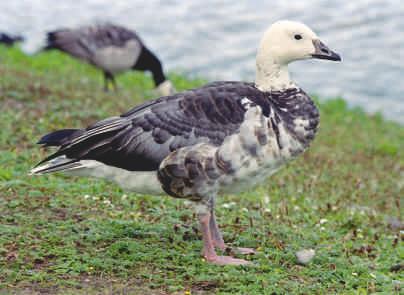Occurrence of hybrid geese in Sweden—a conservation problem?
DOI:
https://doi.org/10.34080/os.v17.22681Keywords:
hybridisation, interspecific interaction, breeding success, Anatidae, population studiesAbstract
This report provides basic data about hybrid geese and mixed pairs in Sweden; combinations of species, numbers, trends and origins, which can serve as a framework for future studies. Data published in national, regional and local magazines and reports as well as unpublished observations through August 2007 have been analysed. Sightings in this report were based on the observers’ suggestion of parent species. No less than 17 species were involved in the hybrid geese sighted in Sweden. Some of the combinations of species involved the red-listed species Lesser White-fronted Goose, the nominate race of Taiga Bean Goose and Red-breasted Goose. The first combinations of species appeared in Sweden already 1918–1930s, but since the last half a century, the number of hybrid geese in Sweden shows a positive trend. Several explanations to this increasing trend is proposed but not further analysed. Among all the several theories proposed for hybridisation in geese, field data from Swedish goose haunts support at least two; the ”Best-Option-Hypothesis” and ”Interspecific mate choice following false imprinting”.
Downloads

Downloads
Published
How to Cite
Issue
Section
License
Copyright (c) 2007 Hakon Kampe-Persson, Henrik Lerner

This work is licensed under a Creative Commons Attribution 4.0 International License.
The copyright of each contribution belongs to the author(s), but all contributions are published under a Creative Commons license, so that anyone is free to share and reuse the contribution as long as the copyright holder is attributed.







